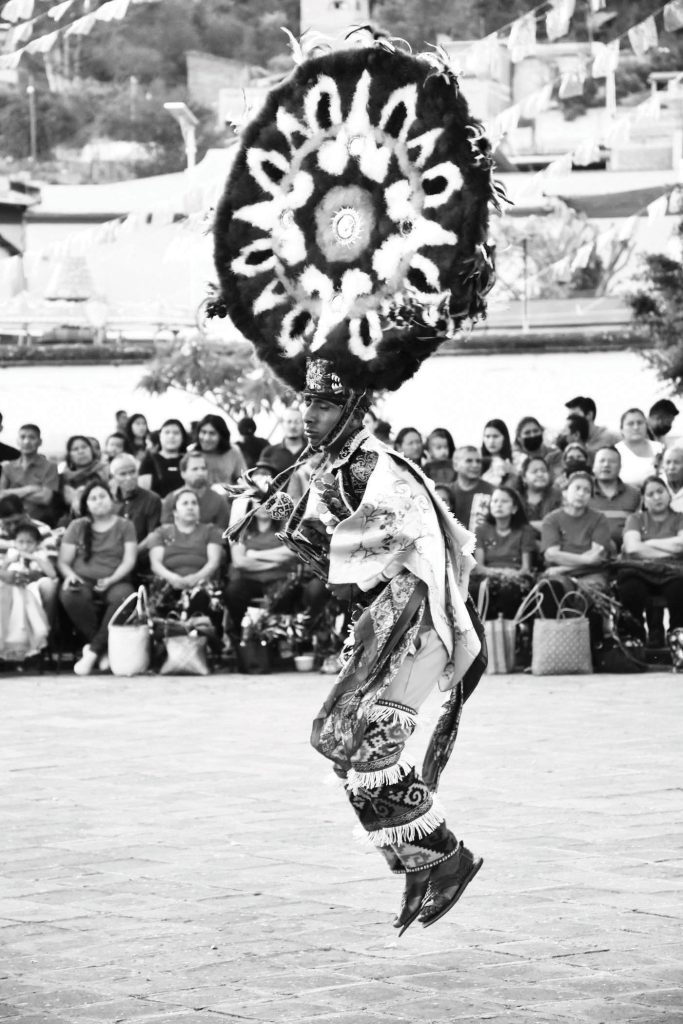
Seventeen young men and two little girls in Teotitlán del Valle, a small Zapotec pueblo in the Mexican state of Oaxaca, have made what’s called a promesa (a promise), in which they’ll dedicate three years to serving the church and their community.
The main purpose of the group is to perform incredibly complex dances on certain holy days. The most important one in this pueblo is the Preciosa Sangre de Cristo (Precious Blood of Christ), a week-long event in early July. During that week, they’ll dance for up to eight hours in front of the pueblo’s 17th-century church. “One dances for God,” says participant Felix Contreras.
No one can say for sure when the dances began, but according to Juan Garcia, the president of the community museum, “They are at least 300 years old.” They may even go back as far as the Conquest, meaning they could have originated 500 years ago.
The men learn 35 dances, which take months to a year to learn due to their complexity. The group rehearses seven hours a day, four days a week.
Dancers make the commitment for different reasons. “Every dancer has a promise in their heart,” Contreras says. “One asks for health for one’s family, [but] not only for the family but for all the families in the community.” It is also, says participant David Santiago Sosa, “a promise we make to God.”
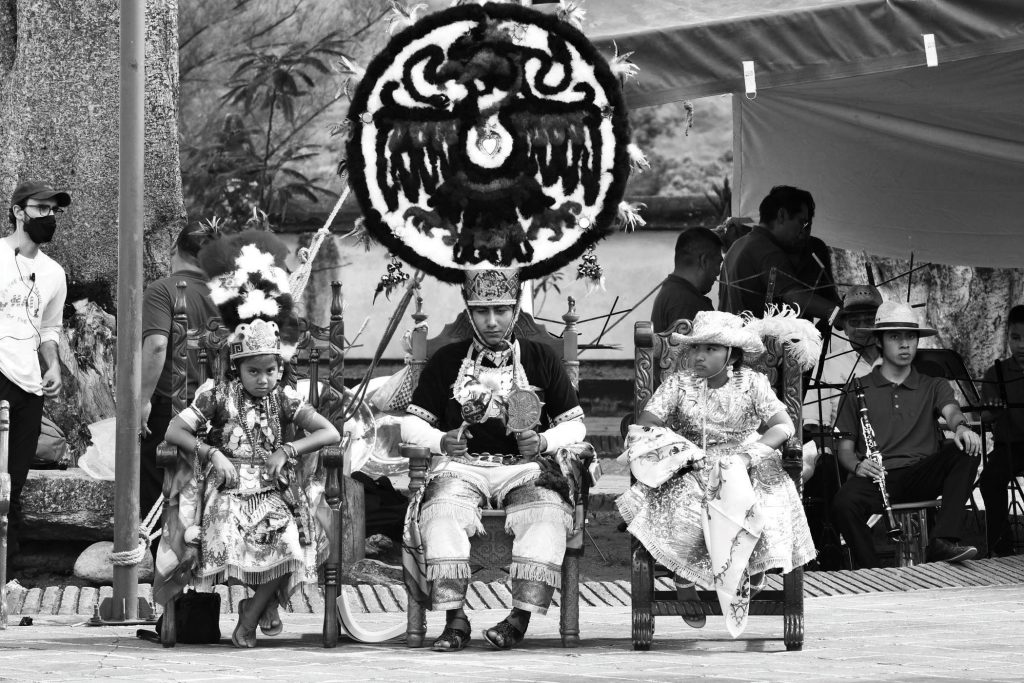
During the dances, the men wear traditional Zapotec clothing and have a 2 kg (4.4 pound) penacho on their heads. The girls, who last year were 7 and 8 years old, learn two dances and represent La Malinche, the woman who helped conquistador Hernan Cortéz. One girl is dressed in Zapotec attire and the other in European clothing to represent Indigenous and Spanish cultures.
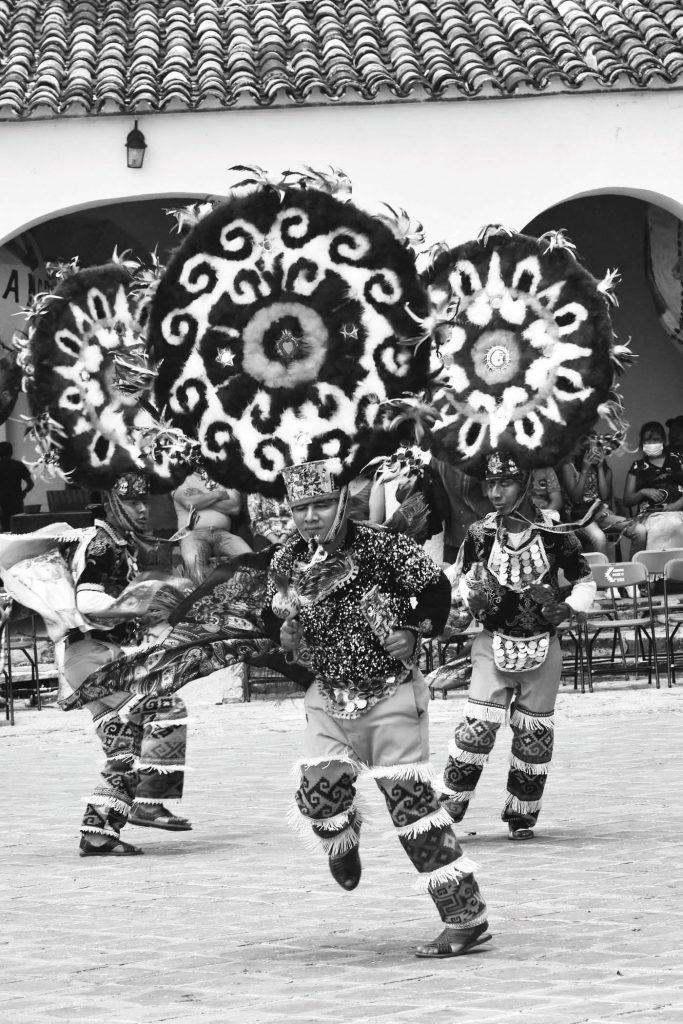
Before the event, the dancers prepare themselves spiritually. “We prepare days before our presentation with some talks with the catechists here in the community,” Contreras says. “We go to confession.”
The ceremony takes place under a punishing July sun, exhausting the dancers. “One needs much faith and devotion,” Contreras says. “We entrust to God and believe that God will send us strength. God sends us the strength to be able to dance those eight hours.”
In addition to the Preciosa Sangre de Cristo, the dancers perform on other holy days, such as the feast of the Virgin of the Natividad in September and the Virgin of Guadalupe in December. They’re also invited to perform their dances in other communities. Although this leaves little time for anything else, the dancers are fully committed and see it as a way to build community and faith.
“On the day of the fiesta,” Contreras says, “the whole community meets and the neighboring communities come. All of the families join together and talk. It is a way to unite the families of the community.” He says it’s also a way to spread Catholicism. “It is to continue evangelizing, I think. We always carry on our back an image, the image of the Precious Blood. People come to see us, admire and see the images, and their faith in God grows.”
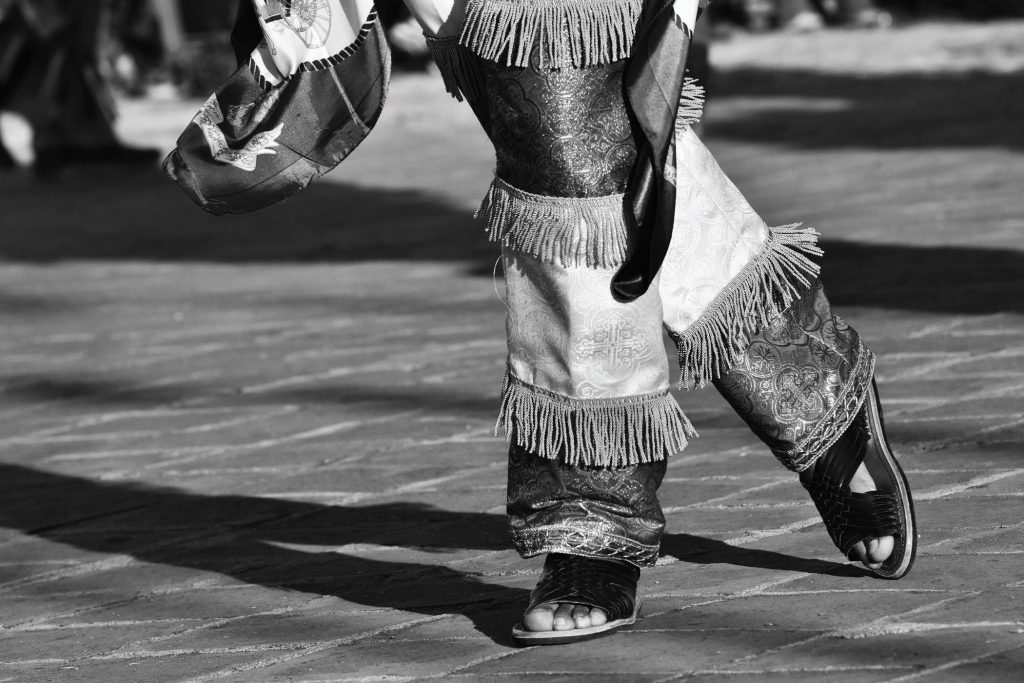
This article also appears in the July 2023 issue of U.S. Catholic (Vol. 88, No. 7, pages 17-19). Click here to subscribe to the magazine.
All photos by Joseph Sorrentino


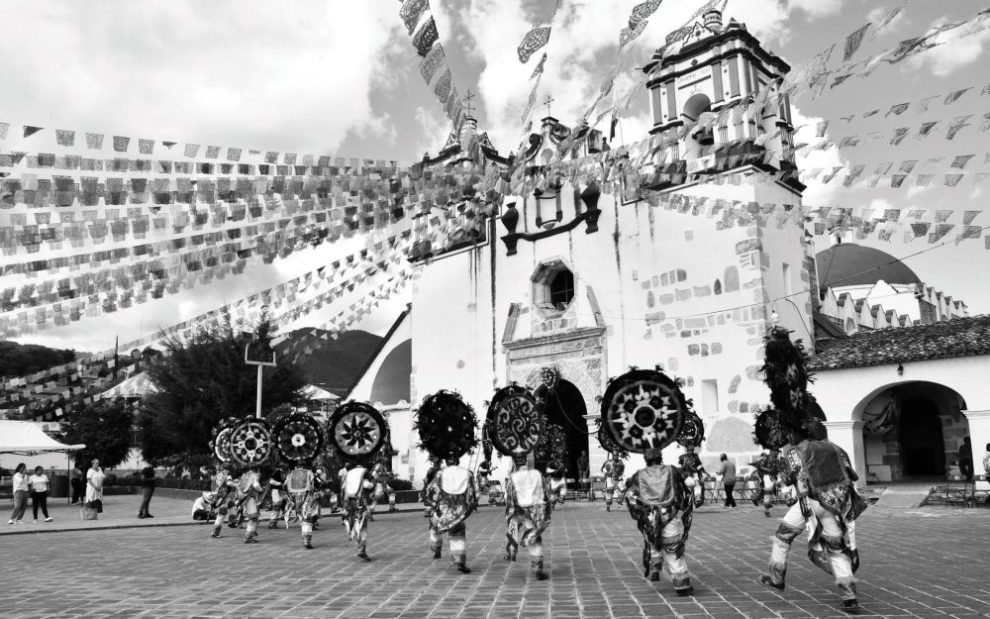


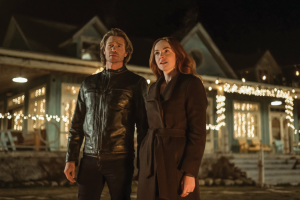

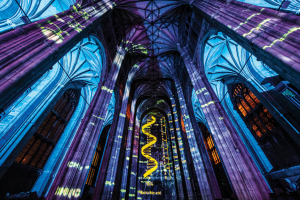





Add comment